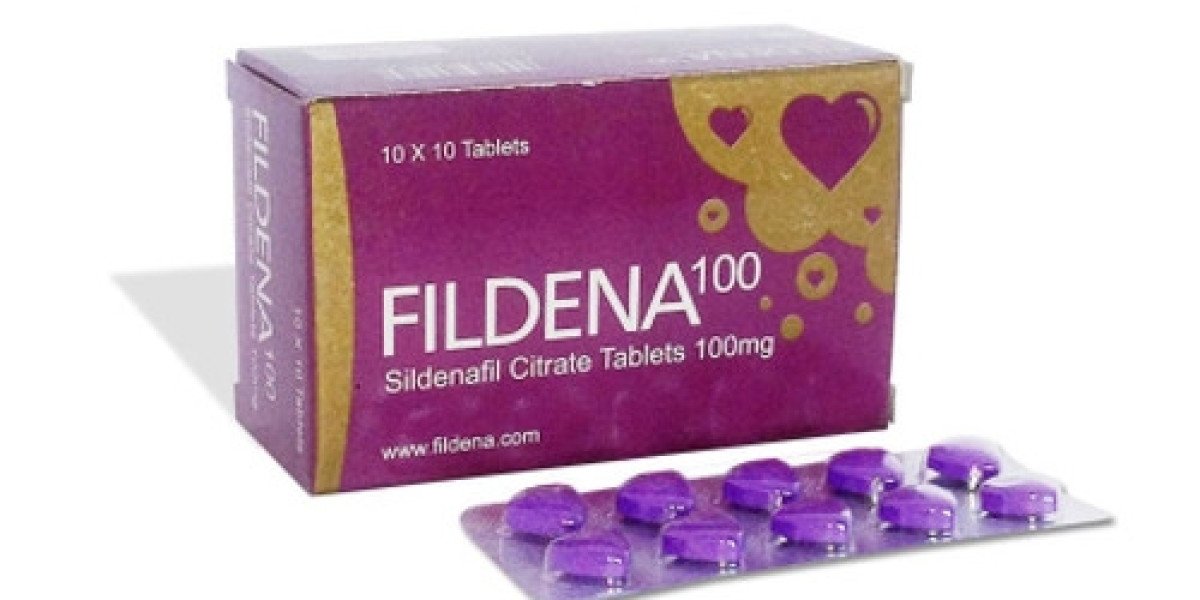How to Use the Freestyle Libre 3 Reader for Pediatric Patients
Managing diabetes in pediatric patients can be particularly challenging. Children and adolescents often have different physiological responses, activity levels, and emotional needs compared to adults. The Freestyle Libre 3 reader is a powerful tool designed to help manage diabetes more effectively, providing continuous glucose monitoring without the need for constant finger pricking. This comprehensive guide will walk you through how to use the Freestyle Libre 3 reader specifically for pediatric patients, covering everything from initial setup to advanced usage tips, ensuring that both parents and children can benefit from this innovative technology.
Understanding the Freestyle Libre 3 Reader
What is the Freestyle Libre 3 Reader?
The Freestyle Libre 3 reader is a continuous glucose monitoring (CGM) device that allows users to monitor their glucose levels in real-time. It consists of a small sensor worn on the skin and a handheld reader or smartphone app that displays glucose readings.
Key Features of the Freestyle Libre 3
Real-Time Glucose Monitoring: Provides continuous, real-time glucose readings every minute.
Compact Sensor: A small, discreet sensor worn on the upper arm.
No Finger Pricks: Eliminates the need for routine finger pricks for glucose testing.
Data Sharing: Allows easy sharing of glucose data with healthcare providers and caregivers.
Alerts and Notifications: Customizable alerts for high and low glucose levels.
Initial Setup for Pediatric Patients
Preparing for Sensor Application
Choose the Right Time: Select a time when your child is calm and relaxed to apply the sensor.
Clean the Application Site: Use an alcohol wipe to clean the skin on the upper arm where the sensor will be placed. Allow it to dry completely.
Gather Supplies: Ensure you have the sensor pack, applicator, and reader or smartphone ready.
Applying the Sensor
Open the Sensor Pack: Remove the sensor from the pack.
Assemble the Applicator: Follow the instructions to load the sensor into the applicator.
Apply the Sensor: Press the applicator firmly against the cleaned area on the upper arm and release the sensor.
Check for Secure Placement: Ensure the sensor is securely attached and that the adhesive is sticking well.
Activating the Sensor
Turn on the Reader or App: Turn on your Freestyle Libre 3 reader or open the app on your smartphone.
Scan the Sensor: Use the reader or smartphone to scan the sensor to activate it.
Wait for Warm-Up Period: The sensor requires a 60-minute warm-up period before it starts providing readings.
Setting Up Alerts and Notifications
Customize Alerts: Set up high and low glucose alerts according to your child’s needs.
Notification Preferences: Choose how you want to receive alerts—via sound, vibration, or both.
Using the Freestyle Libre 3 Reader Daily
Monitoring Glucose Levels
Regular Scanning: Encourage regular scanning of the sensor to check glucose levels, especially before meals, physical activities, and bedtime.
Interpreting Data: Teach your child how to interpret the glucose readings and understand trends.
Responding to Alerts: Ensure your child knows how to respond to high and low glucose alerts.
Maintaining the Sensor
Check Sensor Adhesion: Regularly check that the sensor is securely attached. Use additional adhesive patches if necessary.
Avoid Rough Activities: Caution your child against activities that might dislodge the sensor, like rough play or contact sports.
Water Exposure: The sensor is water-resistant, but prolonged exposure to water should be minimized to maintain adhesion.
Keeping a Glucose Log
Record Readings: Keep a log of glucose readings, noting any patterns or unusual readings.
Log Activities: Record meals, physical activities, and insulin doses to help identify factors affecting glucose levels.
Review with Healthcare Provider: Regularly review the glucose log with your child’s healthcare provider to adjust treatment plans as needed.
Troubleshooting Common Issues
Sensor Errors
Reapply Sensor: If you receive a sensor error, reapply the sensor following the instructions.
Check Expiry Date: Ensure the sensor is within its expiry date.
Contact Support: If problems persist, contact Freestyle Libre customer support for assistance.
Inaccurate Readings
Calibrate if Necessary: Although the Freestyle Libre 3 typically does not require calibration, verify readings with a finger prick if values seem off.
Check Placement: Ensure the sensor is placed correctly on the upper arm.
Monitor Trends: Focus on glucose trends rather than individual readings for a more accurate picture of glucose control.
Connectivity Issues
Restart Devices: Restart both the reader and the smartphone if connectivity issues occur.
Update Software: Ensure both the reader and the app are updated to the latest software version.
Check Bluetooth Settings: Make sure Bluetooth is enabled and working properly on both devices.
Advanced Features and Tips
Data Sharing with Healthcare Providers
Set Up Data Sharing: Use the LibreView platform to share glucose data with your child’s healthcare provider.
Regular Reports: Generate and review regular reports to track progress and make informed decisions about treatment.
Using the Reader During Physical Activity
Monitor Frequently: Scan the sensor before, during, and after physical activity to manage glucose levels effectively.
Carry Carbohydrates: Ensure your child has quick-acting carbohydrates on hand in case of hypoglycemia.
Adjust Activity Levels: Modify physical activity based on glucose readings and healthcare provider recommendations.
Managing Sick Days
Increase Monitoring: Check glucose levels more frequently when your child is sick, as illness can affect glucose levels.
Hydration: Keep your child well-hydrated and monitor for signs of dehydration.
Consult Healthcare Provider: Contact your child’s healthcare provider for specific advice on managing diabetes during illness.
Educational Resources
Freestyle Libre Academy: Utilize online resources and tutorials from the Freestyle Libre Academy to learn more about using the device effectively.
Support Groups: Join diabetes support groups for parents and children to share experiences and tips.
Parental Involvement and Support
Educating Your Child
Teach Basics: Educate your child on the basics of diabetes management and how the Freestyle Libre 3 reader helps.
Involve in Monitoring: Encourage your child to take an active role in monitoring their glucose levels.
Positive Reinforcement: Use positive reinforcement to encourage good habits and consistent monitoring.
Creating a Support System
Family Involvement: Involve other family members in your child’s diabetes care plan.
School Support: Inform teachers and school staff about your child’s diabetes and how to use the Freestyle Libre 3 reader.
Emergency Plan: Have an emergency plan in place for managing hypoglycemia and other diabetes-related issues.
Balancing Independence and Oversight
Gradual Independence: Gradually increase your child’s independence in managing their diabetes as they grow older and more responsible.
Regular Check-Ins: Regularly check in with your child about their glucose levels and overall well-being.
Supportive Environment: Create a supportive environment that encourages open communication about diabetes management.
Success Stories and Case Studies
Case Study 1: Improved Glucose Control in a Young Athlete
Background
Emma, a 10-year-old soccer player with type 1 diabetes, struggled with maintaining stable glucose levels during games and practice.
Implementation
Her parents introduced the Freestyle Libre 3 reader to monitor her glucose levels in real-time. They set up alerts for high and low glucose levels and shared data with her healthcare provider.
Outcome
Emma’s glucose levels stabilized, and she experienced fewer episodes of hypoglycemia during sports. Her performance improved, and she felt more confident managing her diabetes.
Case Study 2: Enhanced Diabetes Management in School
Background
Jack, a 12-year-old student with type 1 diabetes, had difficulty managing his glucose levels during school hours, affecting his concentration and performance.
Implementation
His parents and school staff were trained on using the Freestyle Libre 3 reader. Jack monitored his glucose levels regularly and shared the data with his parents and healthcare provider.
Outcome
Jack’s glucose levels became more stable, leading to better concentration and performance in school. The school staff became more proactive in supporting his diabetes management.
Case Study 3: Greater Independence for a Teenager
Background
Liam, a 15-year-old teenager with type 1 diabetes, wanted more independence in managing his condition but struggled with consistent monitoring.
Implementation
Liam started using the Freestyle Libre 3 reader to monitor his glucose levels. His parents set up the app to receive alerts and data remotely, allowing Liam more independence while still being monitored.
Outcome
Liam gained more confidence in managing his diabetes independently. His parents felt reassured by the ability to monitor his glucose levels remotely, leading to greater independence and improved glucose control.
Conclusion
The Freestyle Libre 3 reader offers an effective and user-friendly solution for managing diabetes in pediatric patients. By following the steps and tips outlined in this.








